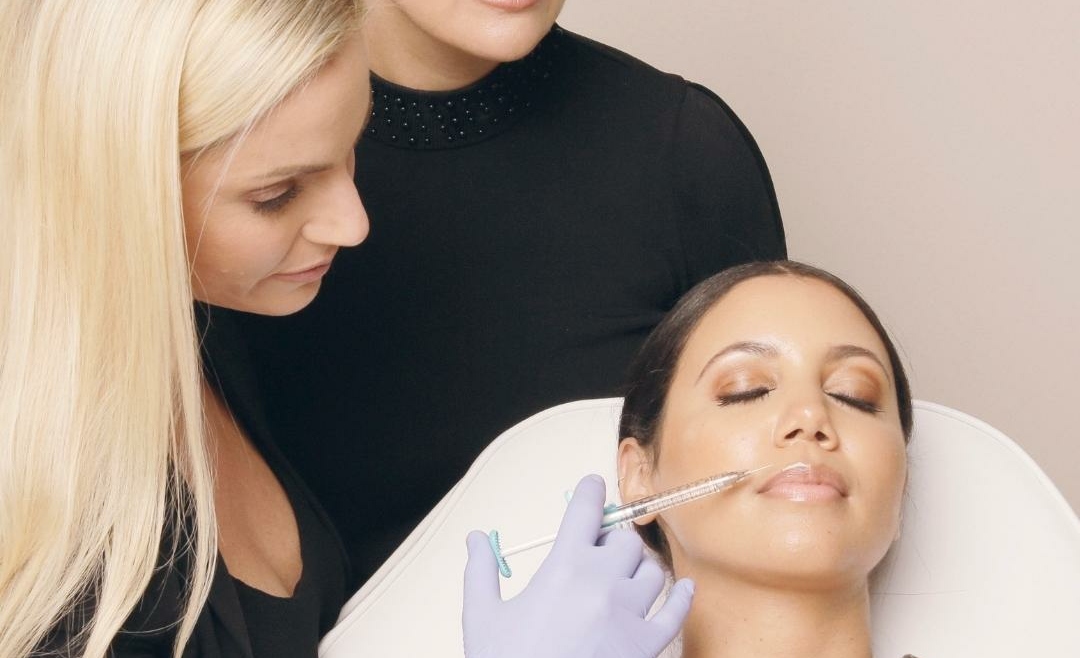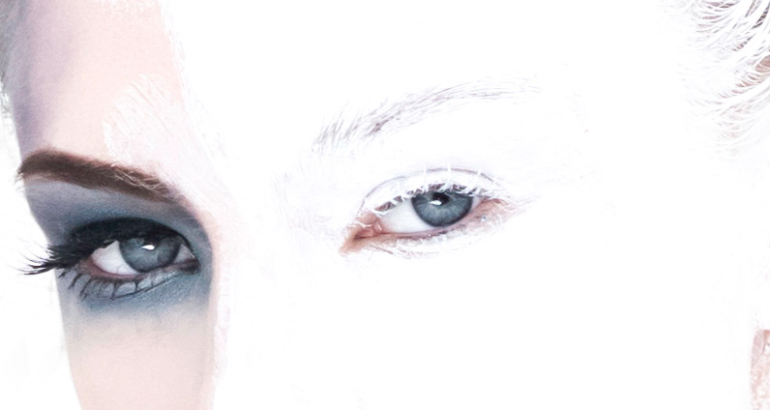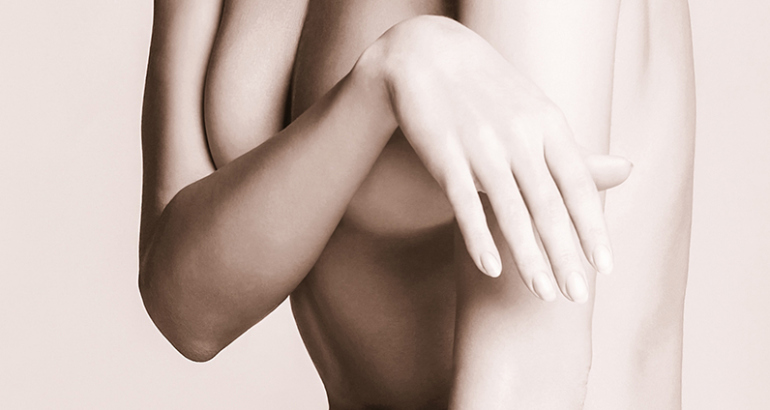by Dr. Cindy Kerbel
Often, when people think of lip fillers, images of overfilled, distorted lips, duck lips, or trout pouts come to mind. Unfortunately, the internet has filled our heads with a barrage of these images as well as countless stories about celebrity lip filler procedures gone wrong. Luckily for all, the world of aesthetic medicine has come a long way when it comes to lip augmentation, and thankfully there seems to be a shift in the way we approach aesthetics.
Table of contents
- NORMALISATION AND REJUVENATION
- THE HISTORY OF LIP INJECTIONS
- WHAT ARE LIP FILLERS?
- WHAT IS LIP STROBING?
- ARE LIP FILLERS ONLY USED TO INCREASE LIP SIZE?
- THE DOS AND DON’TS BEFORE GETTING LIP FILLER?
- DO LIP FILLER INJECTIONS HURT?
- WHAT TO EXPECT DURING A LIP FILLER TREATMENT
- DO LIPS BRUISE AFTER LIP FILLER INJECTIONS?
- ARE LIP FILLERS SAFE DURING PREGNANCY?
- ARE ALL LIP FILLER PRODUCTS THE SAME?
- HOW LONG DO LIP FILLERS LAST?
- WHAT IF YOU DON’T LIKE YOUR LIP FILLER RESULTS?
- THE DOS AND DONTS AFTER GETTING LIP FILLER
- DO LIP FILLERS CARRY ANY RISK?
- OUR APPROACH TO LIP FILLERS
NORMALISATION AND REJUVENATION
Normalisation and rejuvenation are the new buzzwords. Nowadays, lip fillers can be performed with a light hand and there are techniques that injectors can employ to ensure that fillers work in harmony with the rest of one’s facial features to enhance, not distort natural beauty. By respecting the anatomy of the lips and their tubercles we can deliver truly natural-looking, beautiful results.
THE HISTORY OF LIP INJECTIONS
Lip augmentation and lip injections have a long and fascinating history. In the early 1900s liquid paraffin was used by surgeons to inject lips with the aim of adding volume. This was quickly abandoned due to safety issues and alternative forms of lip fillers were sought out. From the 1960s liquid silicone became the product of choice and was used for a significant period of time. This was later also abandoned amongst concerns around safety and long-term unfavourable outcomes.
Bovine collagen was then introduced in the 1980s. Bovine collagen has had a significant place in the market but adverse immune reactions have been problematic. To mitigate these risks skin testing was required to be performed prior to its use – the consensus being two skin tests two to four weeks apart. Aside from these delays in actually receiving lip injections bovine collagen also has the distinct disadvantage of not lasting very long – typically only 2-4 months. It is rarely used today.
Currently, hyaluronic acid-based fillers are the products of choice for non-surgical lip augmentation injections. These fillers have a long safety track record spanning more than 20 years and skin testing is not required.
SO, WHAT ARE LIP FILLERS?
Lip fillers are injectable dermal fillers that are used to enhance, volumise, and plump the appearance of one’s lips. Most lip fillers are made of hyaluronic acid. Hyaluronic acid is actually a sugar that occurs naturally in the body and whose function is to hydrate and plump. Lip filler injections are non-surgical and minimally invasive. Hyaluronic acid fillers are not permanent. They are broken down by a naturally occurring enzyme in our body, hyaluronidase, and dissolve over time.
WHAT IS LIP STROBING?
The lips are an integral part of the face as a whole and therefore the first step to creating beautiful lips is to focus on facial reshaping as a whole (and not just the lips alone), as well as the support of the surrounding lip structures, and to not simply place a needle directly into the lips first. An example of this is injecting a minuscule bolus of filler on the cheekbone to strengthen the muscle which in turn elevates the corner of the mouth resulting in a stronger more beautiful smile. This holistic approach to lip enhancement and beautification is called LipStrobing.
ARE LIP FILLERS ONLY USED TO INCREASE LIP SIZE?
There are many different reasons why someone may opt to have lip fillers. Enhanced beautification with increased volume may be a driving factor for some. Think of sultry, voluptuous lips with a little extra va va voom! Increased lip volume is only, however, one such reason.
Lip fillers may also be used to correct an asymmetry of the lips as well as to improve the hydration of the lips. In certain cases, small amounts of lip filler injected just below the border of the upper lip may even be used to help ‘splint’ the lip, subtly improving the appearance of those vertical/‘barcode’ lines that sit above the upper lip.
Our lips; however, should never be seen in isolation. When injecting lip fillers, we always aim to respect the proportions of our patients’ faces to create balance and a natural-looking result. The take-home message is that lip fillers are customizable and whether you are looking for full, juicy, voluptuous lips or a super subtle enhancement your aesthetic doctor will work with you to bring your wishes to life.
THE DOS AND DON’TS BEFORE GETTING LIP FILLER
Before having lip fillers make sure to avoid blood thinners, aspirin, anti-inflammatory medication, and omega 3/fish oils. Ideally, this should be for up to a week before your appointment. Lips are particularly vascular so this is to minimize the risk of bruising and bleeding. Alcohol (sorry to be the bearer of bad news) also falls into this category of blood thinners, so you’ll have to plan around your social calendar a little if lip fillers are on your agenda.
As with all dermal fillers patients should not have any skin treatments or dental appointments for two weeks prior to (and post) fillers. Patients should also be in good health with no illnesses for two weeks before any fillers are injected. When Covid is involved (including the Covid vaccine or booster), this period is extended to 6 weeks. These precautions are to ensure that there is no known infection or inflammation in the body when we inject the filler in order to prevent the development of a biofilm (an inflammatory reaction to fillers).
For patients with a history of fever blisters, prophylaxis should be taken for two days prior to the appointment and continued for three days after as lip injections could trigger a flare-up.
DO LIP FILLER INJECTIONS HURT?
The lip and peri oral areas of the face are known to be the most sensitive when it comes to injectables. In order to ensure that our lip filler treatments are as comfortable as possible, we make use of topical numbing with lidocaine for a minimum of 15 minutes prior to injecting. We also give our patients ice packs to place on their lips immediately post-procedure to limit pain, swelling, and bruising. Hyaluronic acid fillers themselves contain lidocaine so the injections become more comfortable the further along into the procedure you are.
WHAT TO EXPECT DURING A LIP FILLER TREATMENT
When you come in for your lip fillers your doctor will confirm that there are no contraindications to doing filler and recap the plan in terms of your desired outcome. Your lips and perioral area will be cleaned thoroughly and topical numbing will be applied. Once the topical anaesthetic has had a chance to work optimally and the lips are numb the lip filler injections will begin.
DO LIPS BRUISE AFTER LIP FILLER INJECTIONS?
It is always the aim of an injector to avoid bruises where possible. Lips are; however, vascular areas therefore bruising is always a possibility. It is for this reason that lip filler injections should never be undertaken immediately prior to an event or special occasion. Bruising and swelling can occur and it may take up to two weeks to resolve completely.
ARE LIP FILLERS SAFE DURING PREGNANCY?
Most doctors will advise against doing any form of filler during pregnancy. This is not because fillers are unsafe – it is rather to protect our pregnant mothers and babies as a precaution. For ethical reasons, there are no scientific studies that have been performed with regard to fillers in pregnancy. As a result, there is no data or clinical evidence to prove that fillers are safe in pregnancy. Who would want to take that unnecessary risk?
ARE ALL LIP FILLER PRODUCTS THE SAME?
There are a number of different companies that produce fillers that are marketed for lip injections. It is important to work with an experienced practitioner who can choose the best product suitable for your lips and for your desired results. At our clinic, we choose hyaluronic acid-based fillers only!
HOW LONG DO LIP FILLERS LAST?
Most lip fillers will generally last from six to nine months, thereafter a top-up may be necessary. However, for some patients, their lip fillers may last for up to a year or beyond. For natural-looking results, it is often best to fill lips with smaller amounts initially and gradually build them up over subsequent treatments.
WHAT IF YOU DON’T LIKE YOUR LIP FILLER RESULTS?
If you are not happy with your results or experience lip filler migration then you may need to have your filler reversed. Hyaluronic acid-based fillers can be reversed by injecting an enzyme called Hyaluronidase. Reversal is unfortunately not without its own risks. Certain patients, particularly those who are allergic to bees or wasps, may be allergic to Hyaluronidase so it is vital that any reversals are performed in a doctor’s office where there is immediate access to emergency equipment and supplies if needed.
THE DOS AND DONTS AFTER GETTING LIP FILLER
We always recommend applying ice to your lips directly after the procedure and continuing to reapply the ice regularly for the rest of the day. This will help to reduce the pain, swelling, and bruising that may occur post lip filler injections.
One should also avoid applying any products to the lips on the day of your procedure.
As good as exercise is for you in general, it is best to avoid strenuous exercise or activities for 24-48 hours after having fillers.
It is also wise to avoid heated exercise classes, saunas, or steam rooms for 48 hours after having lip fillers. Exposure to high temperatures can exacerbate swelling and increase lip discomfort.
It is important to remember that bruising is extremely common after lip fillers and most bruises are completely normal. However, in order to ensure that any rare, but serious, side effects are not missed it is important to check in with your aesthetic practitioner and let them decide what is normal and what is not. It is always better to ask if unsure.
DO LIP FILLERS CARRY ANY RISK?
While cosmetic injectables have become increasingly popular in recent years and are generally safe, it is always important to remember that injections of fillers are real procedures with potential risks. In addition to the transient swelling and bruising that may accompany lip fillers, there are serious complications that can occur.
A vascular occlusion (or blocked blood vessel) is the most serious risk. This is a rare complication but it can lead to a lack of blood supply to the tissue and subsequently lip tissue damage, so it is not to be overlooked. Once again, it is important to choose an experienced practitioner and keep the lines of communication open so that any complications can be dealt with quickly and appropriately.
OUR APPROACH TO LIP FILLERS
At Dr. Nerina Wilkinson + Associates we start with an aesthetic consultation to determine your specific wants and needs. As lips are only one part of the face and may be affected by the ageing process and lack of support in the surrounding structures, an in-depth analysis of your facial features will be done to holistically address your concerns. This allows us to understand exactly what areas need to be treated to help you achieve your desired lip goals. By respecting the anatomy of the face and restoring balance we can take your lips from lackluster to luscious, all within the framework of natural-looking lips.
Email us at capetown@drnwilkinson.co.za if you are interested in scheduling your lip filler consultation.
Written by Dr. Cindy Kerbel



